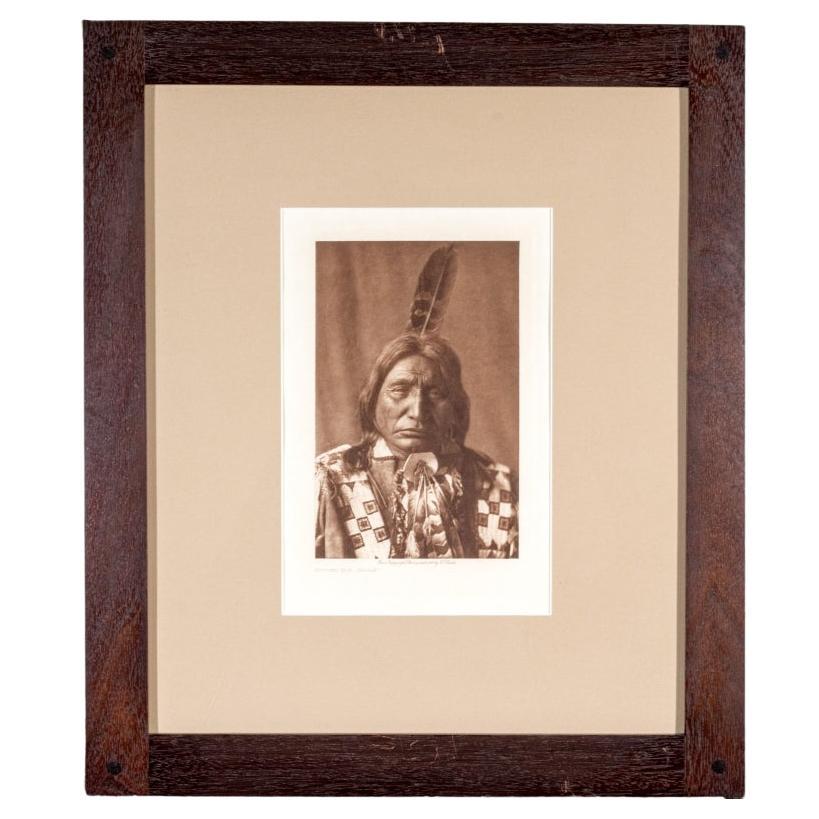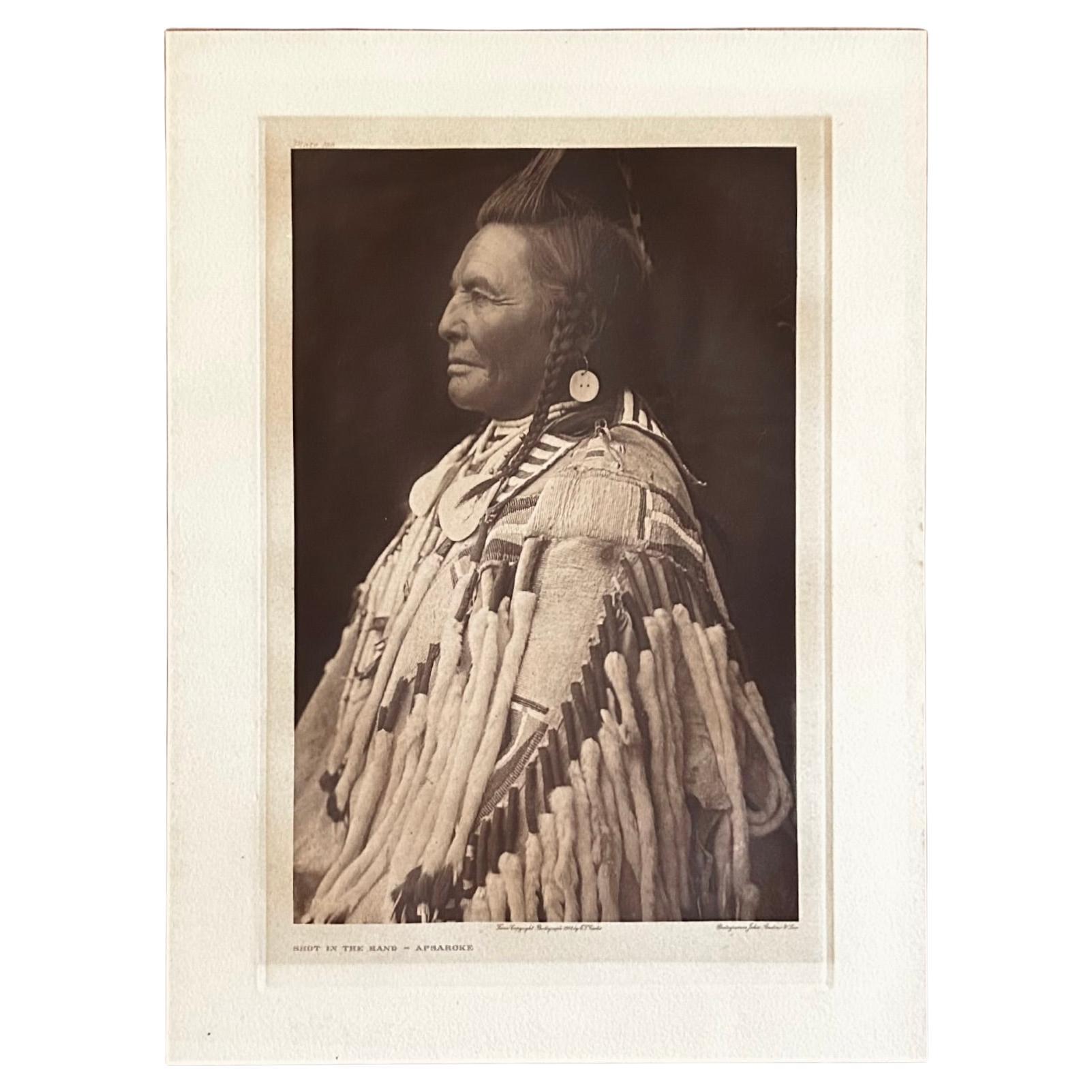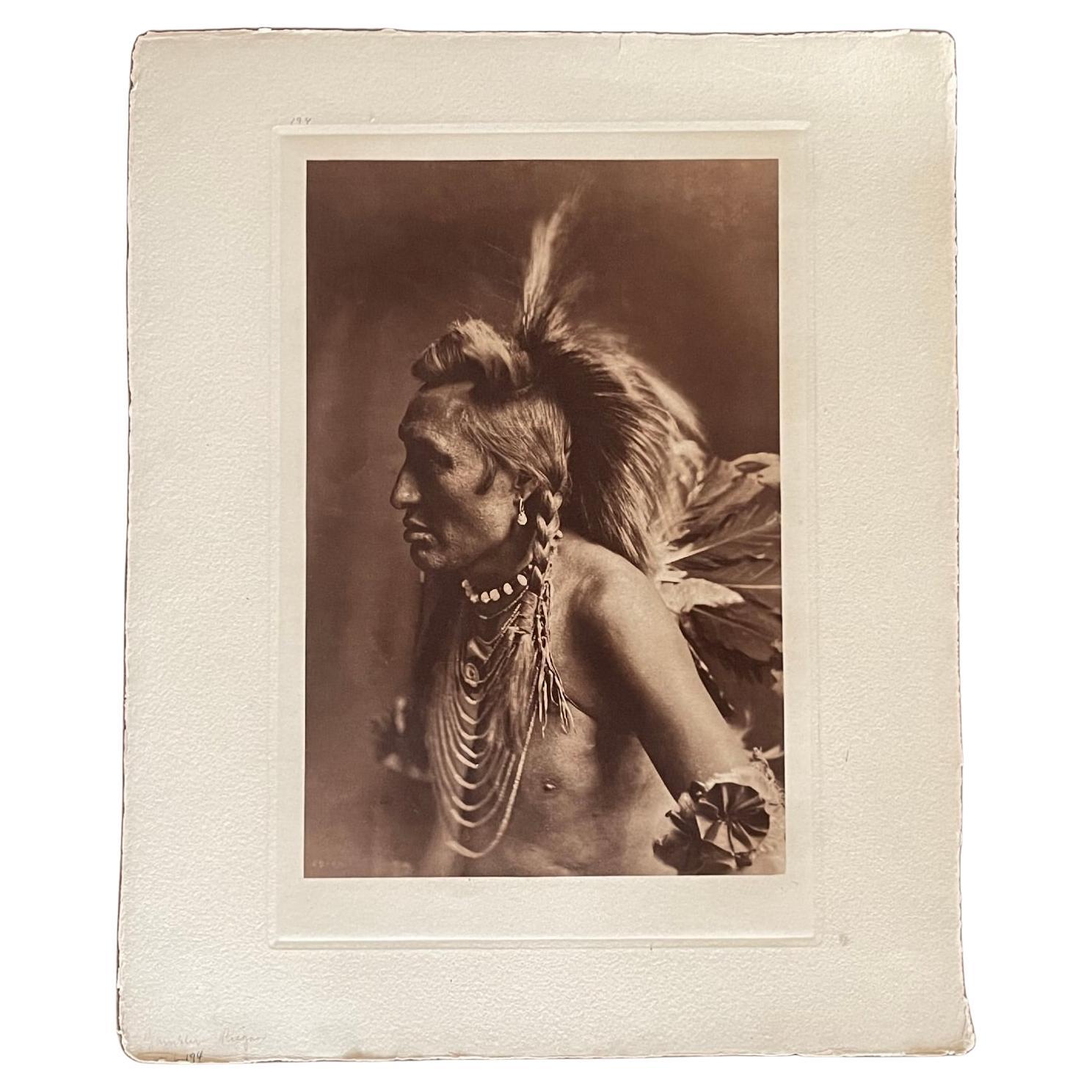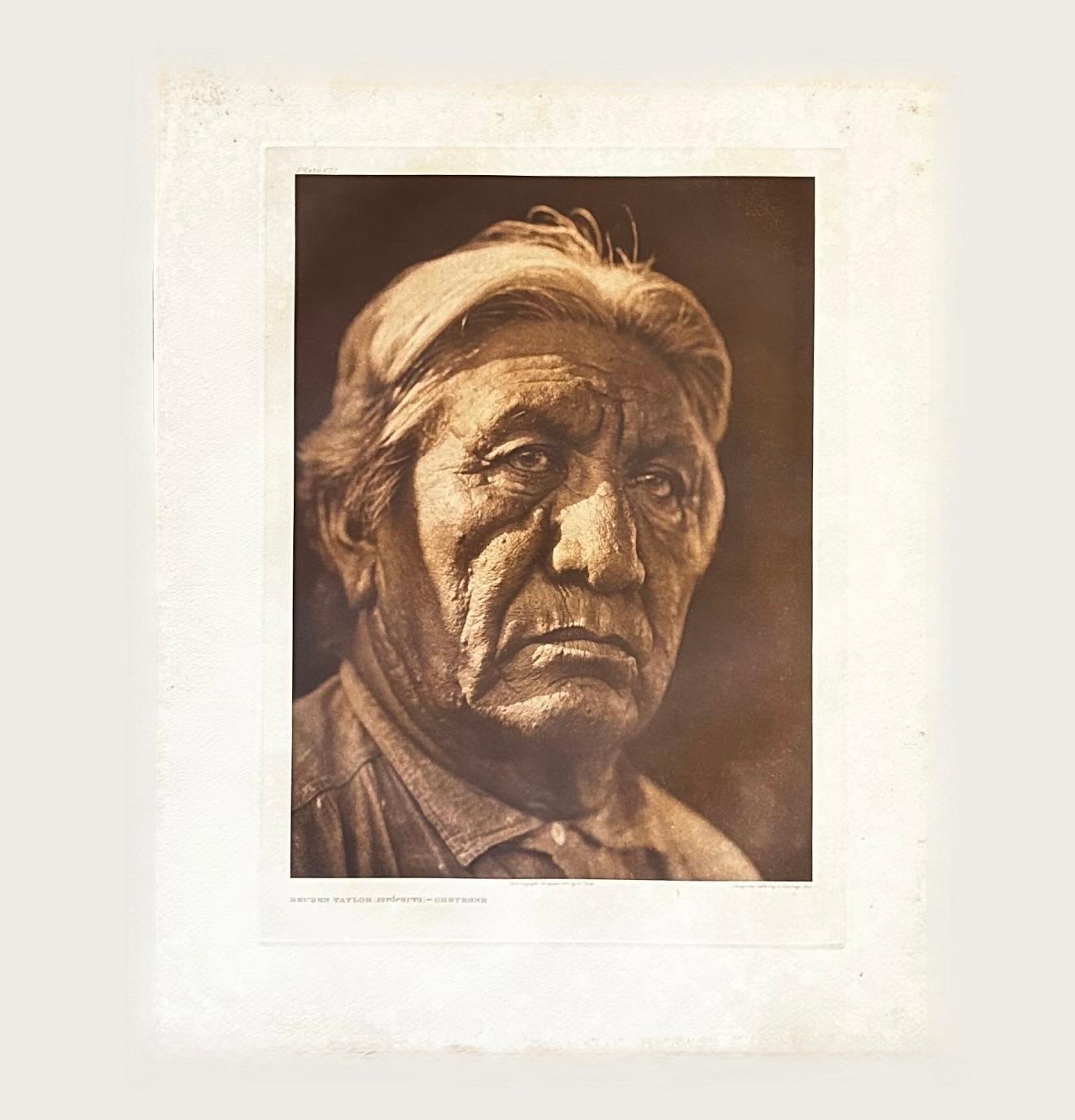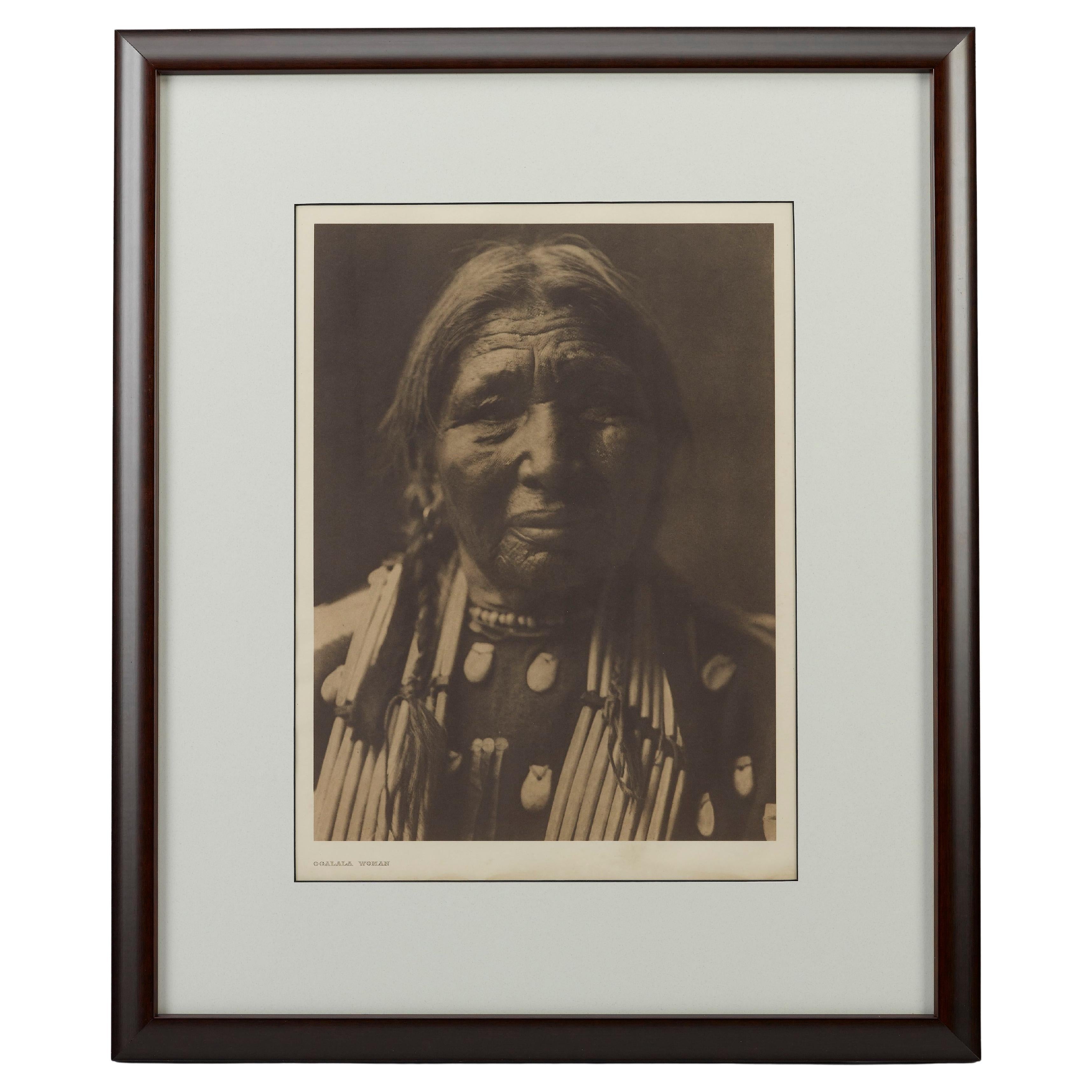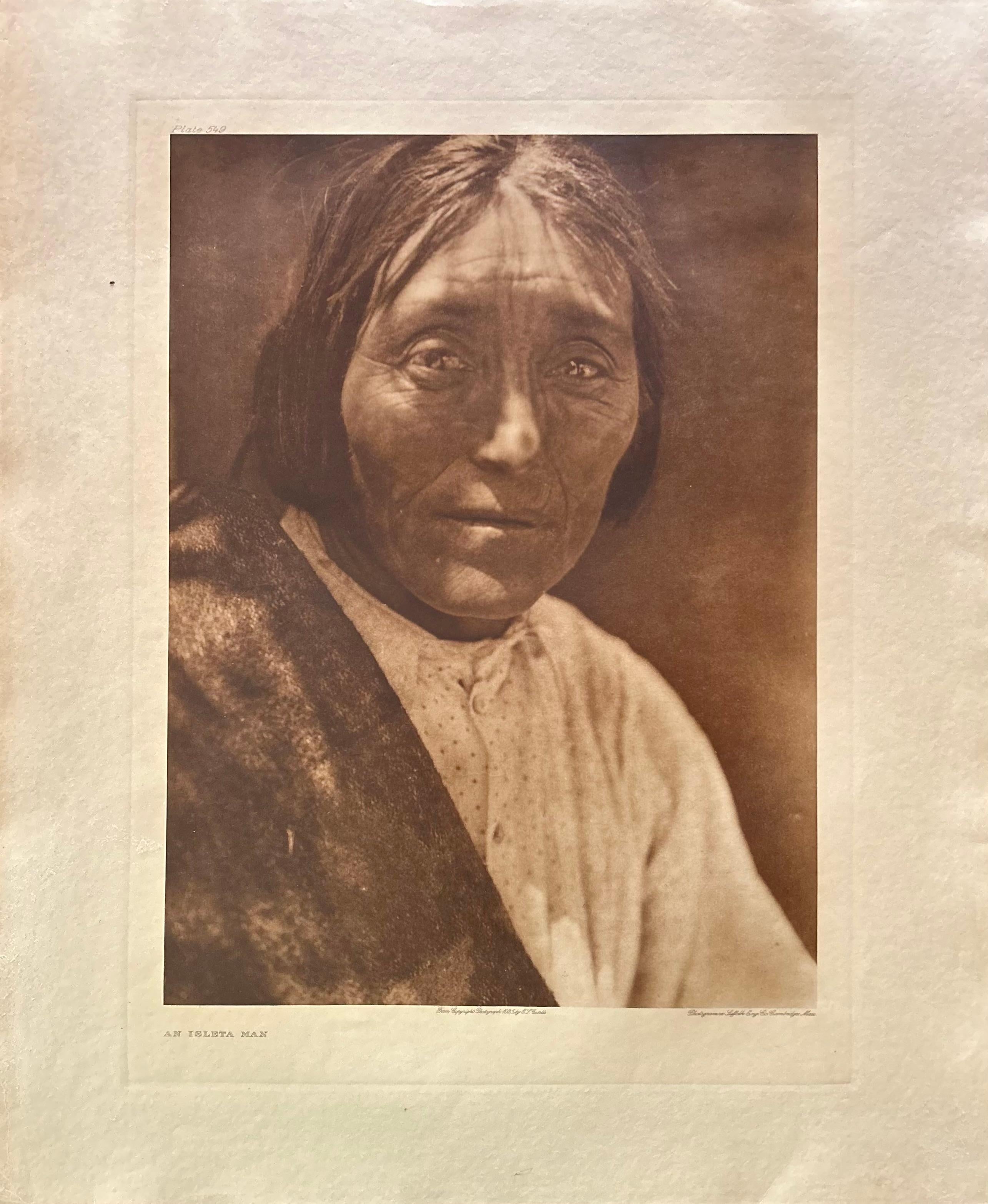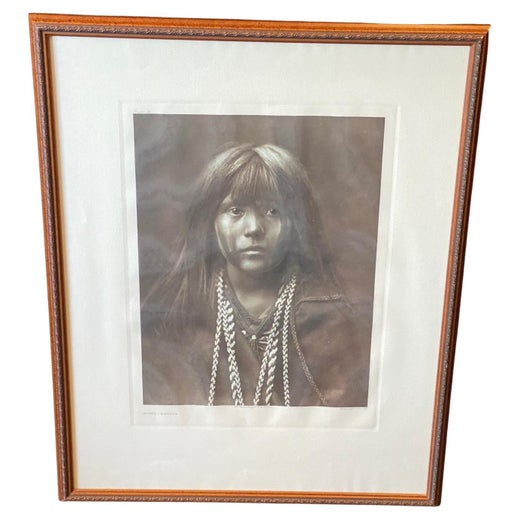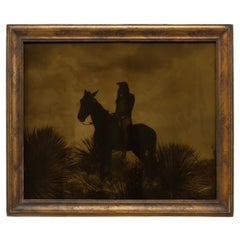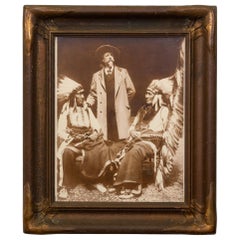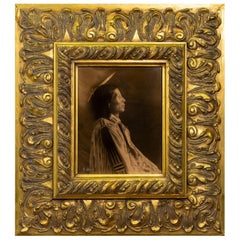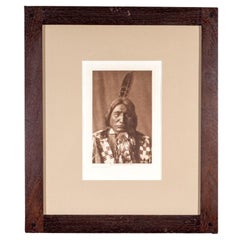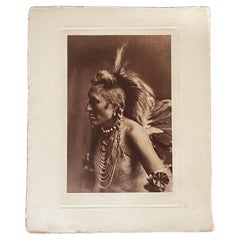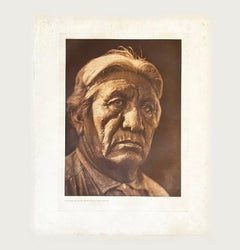Chief Joseph by E.S. Curtis Gold Tone
About the Item
- Creator:Edward S. Curtis, 1868-1952 (Artist)
- Dimensions:Height: 19 in (48.26 cm)Width: 16 in (40.64 cm)Depth: 3 in (7.62 cm)
- Materials and Techniques:
- Place of Origin:
- Period:
- Date of Manufacture:1999
- Condition:Wear consistent with age and use.
- Seller Location:Coeur d'Alene, ID
- Reference Number:Seller: AK02251stDibs: LU4019345415822
Edward S. Curtis, 1868-1952
Edward S. Curtis is arguably the most influential photographer of the American West. His work unquestionably ranks among that of the most important photographers of the 20th century.
Curtis was first and foremost; an extremely gifted and sophisticated artist whose work had the duality of being an incredible artistic creation at the same time as being a document of a people. He was uniquely able to create, out of whole cloth, a lasting vision of the American Indian that never existed before it was first seen through his photographic lens.
Edward Curtis produced images of the American Indian that convey a dignity, a universal humanity and a certain remaining majesty that transcend literally all other work ever done on the subject. In his photographs we see images that are uniquely able to stand alone in the world of photography.
Beginning in 1898 and continuing through 1928, Curtis dedicated his life to documenting the traditional lifeways and cultures of 128 American Indian tribes living west of the Mississippi River, from Alaska to the Mexican border.
Curtis was a genius of an artist possessed by a singular obsession to preserve the traditional lifeways of the American Indian.
Astonishingly, focusing all his immense talents over a staggering 30-year period, Curtis accomplished what he set out to do; he did save the traditional lifeways of these Native Peoples but at tremendous personal cost. It cost him his marriage, it cost him his health, and it cost him any possible financial stability he might ever have had.
In spite of all this, he persevered and left a body of work never to be equaled in the field of photography.
Find authentic Edward S. Curtis photography on 1stDibs.
(Biography provided by Bruce Kapson Gallery)
- ShippingRetrieving quote...Shipping from: Coeur d'Alene, ID
- Return Policy
More From This Seller
View AllEarly 20th Century American Photography
Glass
Antique 1890s American Historical Memorabilia
Other
Vintage 1910s American Native American Photography
Other
Mid-20th Century American Paintings
Hide
Vintage 1910s Photography
Other
Vintage 1910s Photography
Other
You May Also Like
20th Century American Native American Photography
Acrylic, Wood, Paper
Antique Early 1900s American American Classical Photography
Paper
Antique Early 1900s American American Classical Photography
Paper
Vintage 1920s American American Classical Photography
Paper
Antique Early 1900s American Photography
Paper
Vintage 1920s American American Classical Photography
Paper
